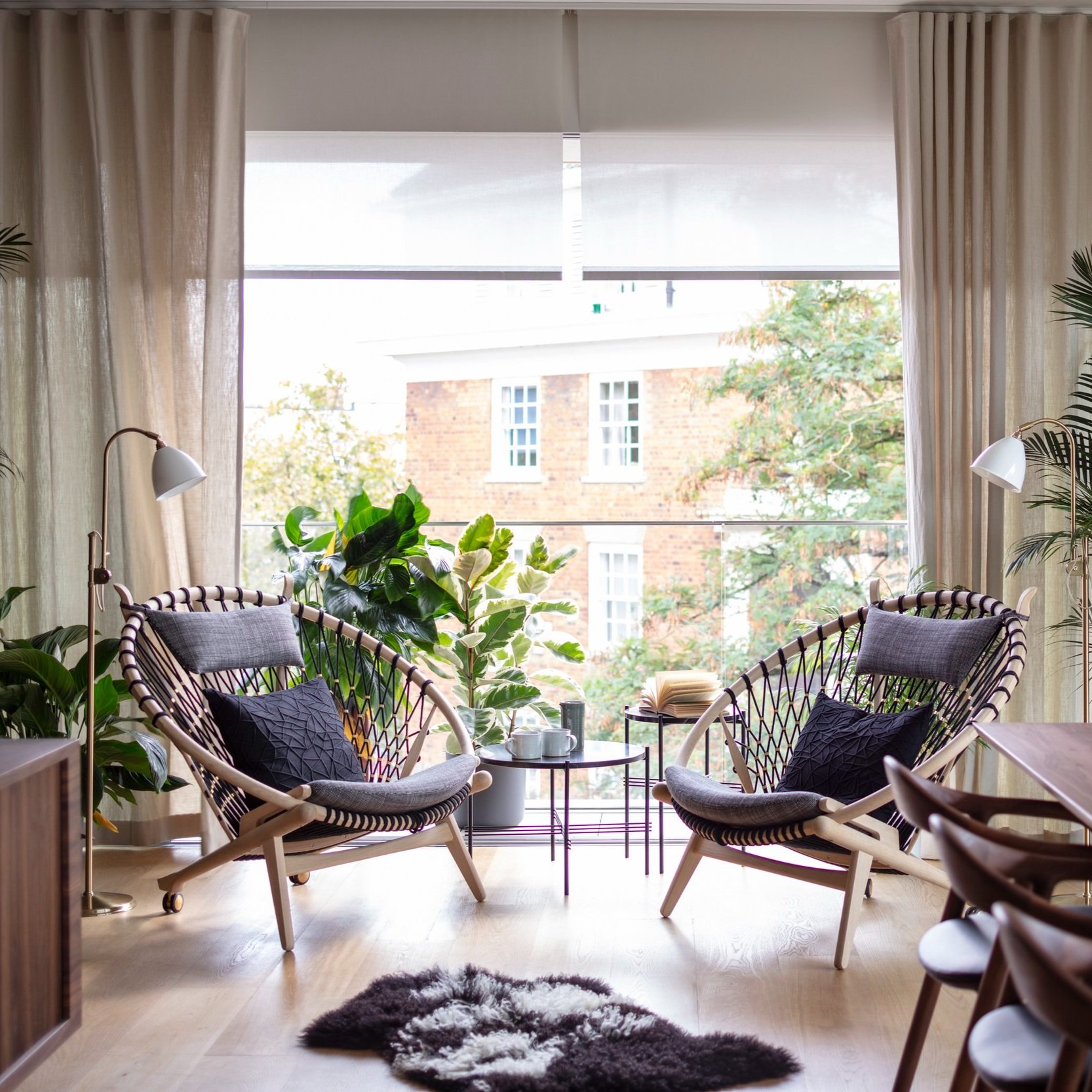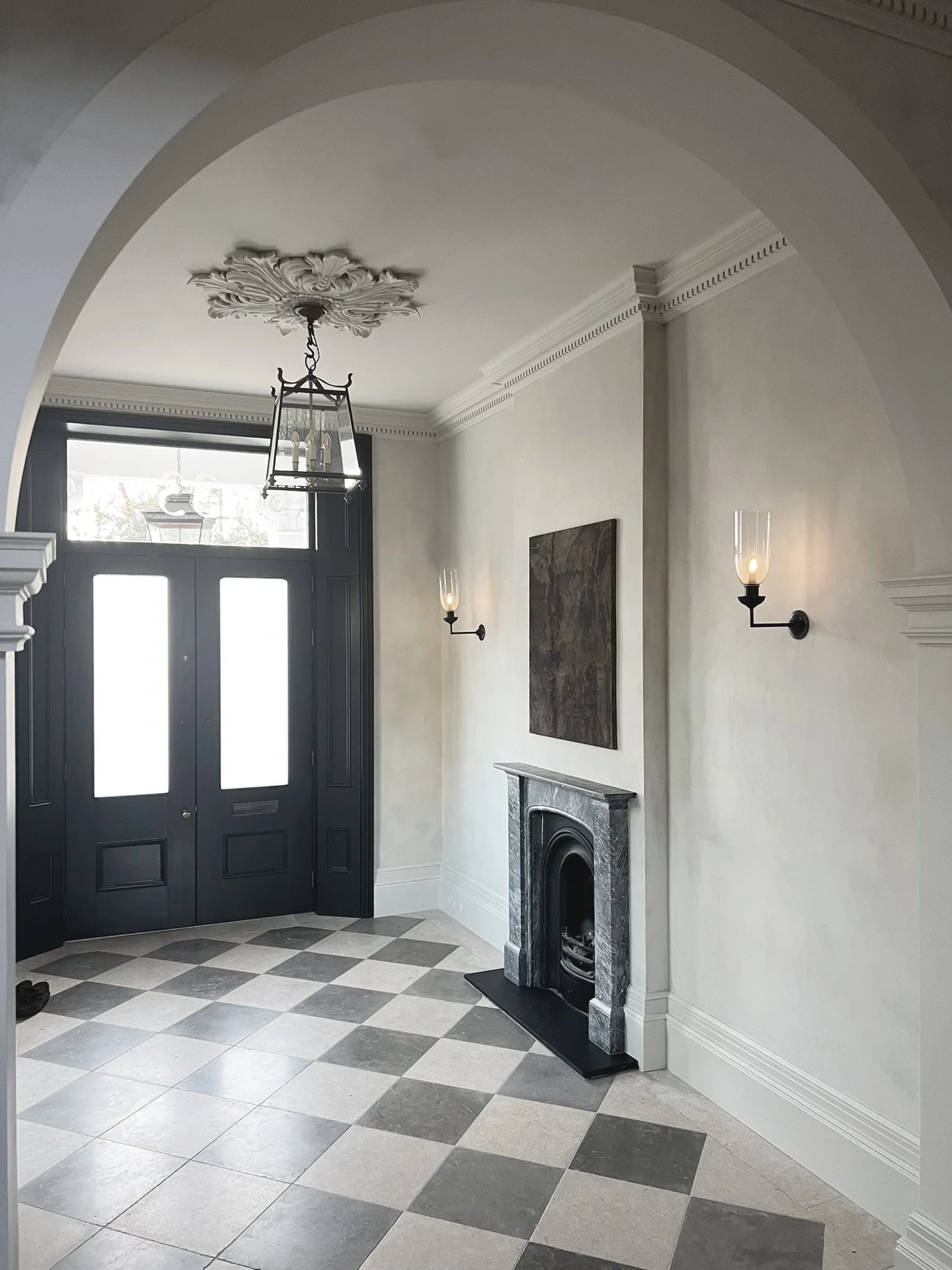Journal
Building your first home is one of the most exciting and meaningful journeys you'll ever take. Whether you're starting with a blank slate or refining a vision that's been years in the making, navigating the world of architecture and design can feel overwhelming.
That’s where we come in. This blog is your guide to creating a home that reflects your lifestyle, personality, and dreams. From practical tips on working with architects and contractors to design inspiration for every room, our mission is to simplify the process and empower you with the knowledge to make confident decisions.
Let’s build the foundation of your dream home together.
On Clarity and the Essence of a Home
20.07.2025
At the outset of any design journey, it is natural to feel pulled toward choices, materials, finishes, forms, without first pausing to consider the greater whole. Yet this quiet moment of reflection is where the architecture of intention begins to take shape.
A home is not merely a series of decisions layered one upon another; it is the embodiment of how we wish to live, to feel, to inhabit the world. Before anything else, we must ask: what is the essence we seek? What atmosphere will hold us, what rhythm will guide our days? Calm or vitality, expansiveness or intimacy? These questions are not about style, but about substance.
To name this vision is to create an invisible framework. Like a line drawn lightly on paper, it guides without constraining, allowing every choice to resonate with a deeper coherence. Without it, decisions drift, pulled by passing trends or external pressures. With it, even the smallest details gain clarity and weight.
Picture yourself within the finished home. The light falls as you imagined, the air carries a certain stillness or movement, and the space feels wholly yours. This vision is not fixed; it evolves as you do. But in shaping it, you discover what truly matters, and in doing so, give shape to something that endures beyond time and fashion.
A home born from such understanding is more than architecture. It is a vessel for living, a quiet backdrop to memory and meaning, rooted in what is timeless and true.
On the Nature of Good Design
Reflections for the Client
Design is often mistaken for something instantaneous — a flash of inspiration, a quick solution, a stylistic flourish. But in reality, architecture unfolds through time. It is a process of careful listening, layered thinking, and quiet persistence. Like solving a complex puzzle, the more intricate the brief, the more patient and imaginative our approach must be. Design, when done well, cannot be rushed. It must run its full course, evolving from uncertainty toward clarity. When we try to accelerate that process, we risk mistaking resolution for resolution’s appearance — like putting a soiled garment through a quick wash cycle and believing it’s clean because it looks clean, despite the deeper stains left untouched.
The elegance of good design often masks the rigour that underpins it. What may seem intuitive or effortless — a calm composition, a well-proportioned space — is the result of countless hours of research, interrogation, iteration, and experience. It is like watching a dancer suspended mid-leap; the movement seems natural, even inevitable, but it is the culmination of years of discipline. Architecture, too, demands that level of commitment. What we deliver may appear simple, but simplicity is perhaps the hardest thing to achieve with integrity.
Clients often ask, What is your style? But style, if it is to be worth anything, is not a pose or preference. It is the residue of a thoughtful and responsive process — not something we impose, but something that emerges from our engagement with place, people, and purpose. The more interesting question is, How can we work together to solve the right problems — to design a home that supports life with dignity, comfort, and resilience? That is where architecture begins: not with appearances, but with intention.
While good design is not inherently expensive, failing to invest in it can be. Not necessarily in money alone, but in time, care, and the willingness to question assumptions. A well-designed building continues to give back for decades; a poorly considered one diminishes quickly, no matter how polished it may seem at first. Architecture is not a consumer good. It is something closer to infrastructure for daily life — a quiet companion, shaping how we feel, move, and live.
We also need to talk about taste — a subject too often dismissed as purely subjective. But like language, etiquette, or even nutrition, taste can be cultivated. It is accessible to anyone willing to learn and observe. There is, in fact, a difference between thoughtful design and careless indulgence, between craftsmanship and imitation, between nuance and novelty. Good taste is not elitist — it is attentive. It is about caring enough to notice, to consider, to choose well. To say "everything is subjective" is often to shield oneself from the discomfort of growth.
In the current climate, no discussion about design is complete without addressing sustainability. The most responsible act, frankly, is often not to build at all. Every new structure carries a material and environmental burden, and we must begin from a place of restraint. When we do choose to build, we must do so with purpose and care. Sustainable design is not a trend, nor is it a checkbox on a planning application. It is about civility — an ethic of leaving the world no worse than we found it. Much like not dropping litter in a public space, it is a question of decency.
At its core, good design does not demand attention. It is not showy or self-important. Its success lies in the quality of space, the generosity of its proportions, the way it allows light to move through it, the way it supports life without drawing focus to itself. There is a quiet confidence in restraint, and a maturity in resisting the urge to impress.
To build — to shape space, to define how people live — is an extraordinary privilege. It is a rare opportunity to contribute something meaningful to the world. Despite the commercial pressures that often cloud this process, we must remember that architecture is not only about delivery. It is about aspiration. To design is to care — about people, about place, about the future. And to build well is to honour that care with clarity, humility, and intention.
Designing a Home: Where to Begin and How to Get It Right
Whether you are renovating or building, one fundamental truth applies:
achieving the right design is pivotal to creating a home that enhances and supports your lifestyle.
Concerns often centre on the smaller details—selecting the perfect flooring and wall finish, choosing the ideal paint colours, or affording desired furnishings and fixtures. Going over budget, delays and extended timelines are also common worries.
However, the most significant and lasting impact comes from decisions about the more fundamental aspects. These include layout, scale, proportions, and overall design of the home. A poorly conceived design can lead to far greater challenges and regret than any of these secondary considerations.
With over 25 years of professional experience within the architecture, design and construction industry, I have guided many clients, including homeowners or developers, through the process of designing homes that are both functional and aesthetically pleasing. My approach ensures the outcome aligns with their unique needs, personal style, site conditions, and budgets.
Over the coming weeks, I will synthesize that experience into three actionable steps designed to help anybody, irrespective of their level of experience, navigate the initial stages of their home design journey. By following this process, you can establish a strong foundation for success.
This guide is designed to help you on your way to designing a home that is thoughtful and one that not only meets your needs but also brings you joy and fulfilment now and in the years to come. Through the easy 3 step approach, I will also unpack and share some of the hacks and secrets that I have acquired over two decades of practice so you too can create a home that reflects your vision while overcoming the many home design challenges, your site and budgetary constraints.
Let’s work together to ensure your future home is one that inspires and fulfills.
Building a Home, Building a Life
Why This Journey Is Bigger Than You Think
There is something truly powerful about deciding to create the home you want to live in. Whether you are planning a full renovation, starting from scratch, or have found a place with potential but aren’t quite sure how to bring it to life, taking that first step is significant. The moment you choose to transform your space, you are also choosing to change your life.
This is a major milestone, a fresh start and a blank canvas to create something that genuinely reflects who you are, but soon after the initial excitement, doubts often arise:
“My budget’s tight.”
“I’m too busy—how will I find the time?”
“I don’t really know what I’m doing.”
“There are just too many decisions to make.”
“I just want it done already.”
If these thoughts sound familiar, know that you are not alone. I have worked with many people on this journey, and these feelings are a natural part of the process. They do not mean you are not read, they mean you care. They show you are stepping into something meaningful. While it can feel overwhelming at times, it doesn’t have to be discouraging.
Reframing the Journey
Let’s begin with the topic that often arises first: the budget.
Your budget should not be viewed as a limitation, but rather as a strategic guide. Whether it is fixed or flexible, the key lies in how you approach and utilize it. I frequently remind clients that a budget is not simply a list of what you can afford, it is a reflection of your values and priorities. By shifting your perspective to see it as an investment that enhances your life, your entire approach transforms.
Next, there is the matter of time. While it’s true that life is busy, the reality is that we always make time for what truly matters. Your home, where each day begins and ends, deserves that attention. You do not need to manage every detail on your own, the important part is to take the first step and allow yourself to receive the support you need throughout the process.
Feeling uncertain or inexperienced can actually be an advantage. It shows that you are open to learning and growth. This journey is not about having all the answers upfront, it is about staying curious, asking the right questions, and seeking guidance from knowledgeable experts. You may be more resourceful than you realize.
This Isn’t Just a House - Make Intentional Decisions in Shaping a Home That Reflects You
One important point often overlooked is that having choices is a valuable opportunity. You do not need to handle every decision yourself, you can delegate tasks, collaborate with others, or take the lead when you prefer. What truly matters is the approach you take. By bringing intention and care to even one small part of the process, you begin to create a home that feels genuinely personal and uniquely yours. This way, you build a space that supports not only your lifestyle but your overall well-being.
Whether you are just beginning or partway through your journey and looking for a fresh start, I’d love to hear your story. Let’s explore how to make this experience smoother, more grounded, and genuinely fulfilling.






